Introduction:
AS-1729/VRC is a center-fed whip antenna used with many US/NATO vehicular radio sets. The system consists of a MX-6707/VRC Antenna Base and two Antenna Elements (AS-1720/VRC Lower Element and AT-1095/VRC Upper Element). The MX-6707/VRC features a heavy-duty flexible spring which enables bending and prevents breakage, while a tie-down kit allows antenna to be bent and tied to vehicle.
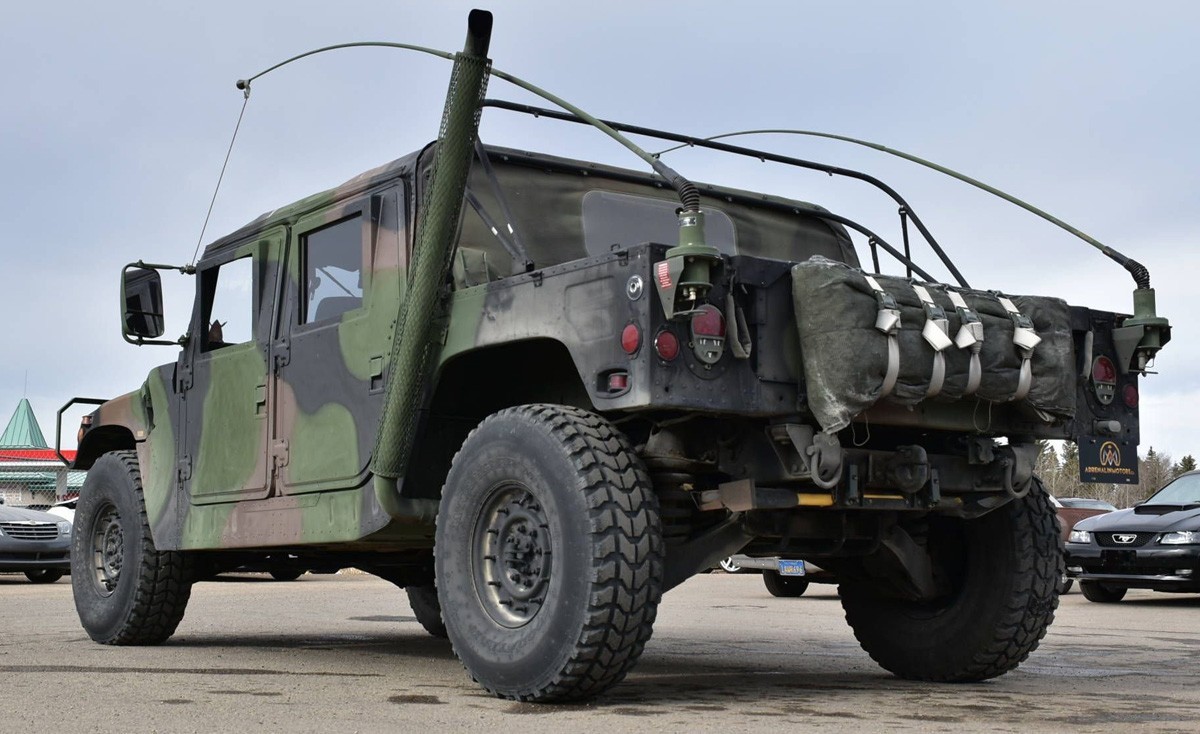
Antenna bases are usually poorly represented in plastic vehicle kits... with inadequate details and seam lines almost impossible to clean from base springs, plastic antenna mounts need a resin revamp. As for whip antennas, modelers tend to use stretched sprue, piano wires and I even heard some mention cat whiskers (?). For all those inclined to make a more authentic looking AS-1729 system, there are aftermarket options. One of them comes from DEF Model: Modern US AS1729 Antenna Set (DM35129).
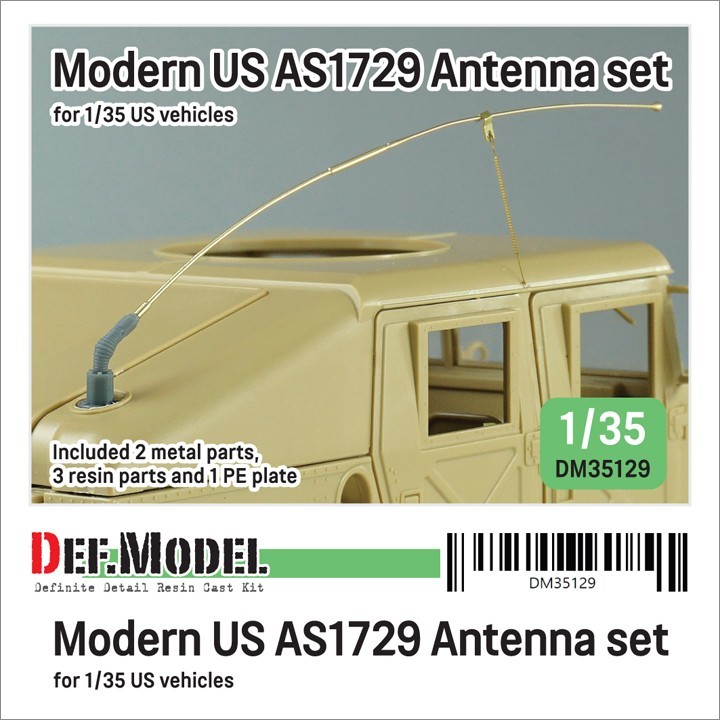
Review:
The set comes in a hard cardboard box which features an image showcasing the set on a Humvee model.

The box contains a small, segmented zip-lock bag with 5 resin parts, a small PE fret and 2 metal parts. An instruction leaflet is also included.
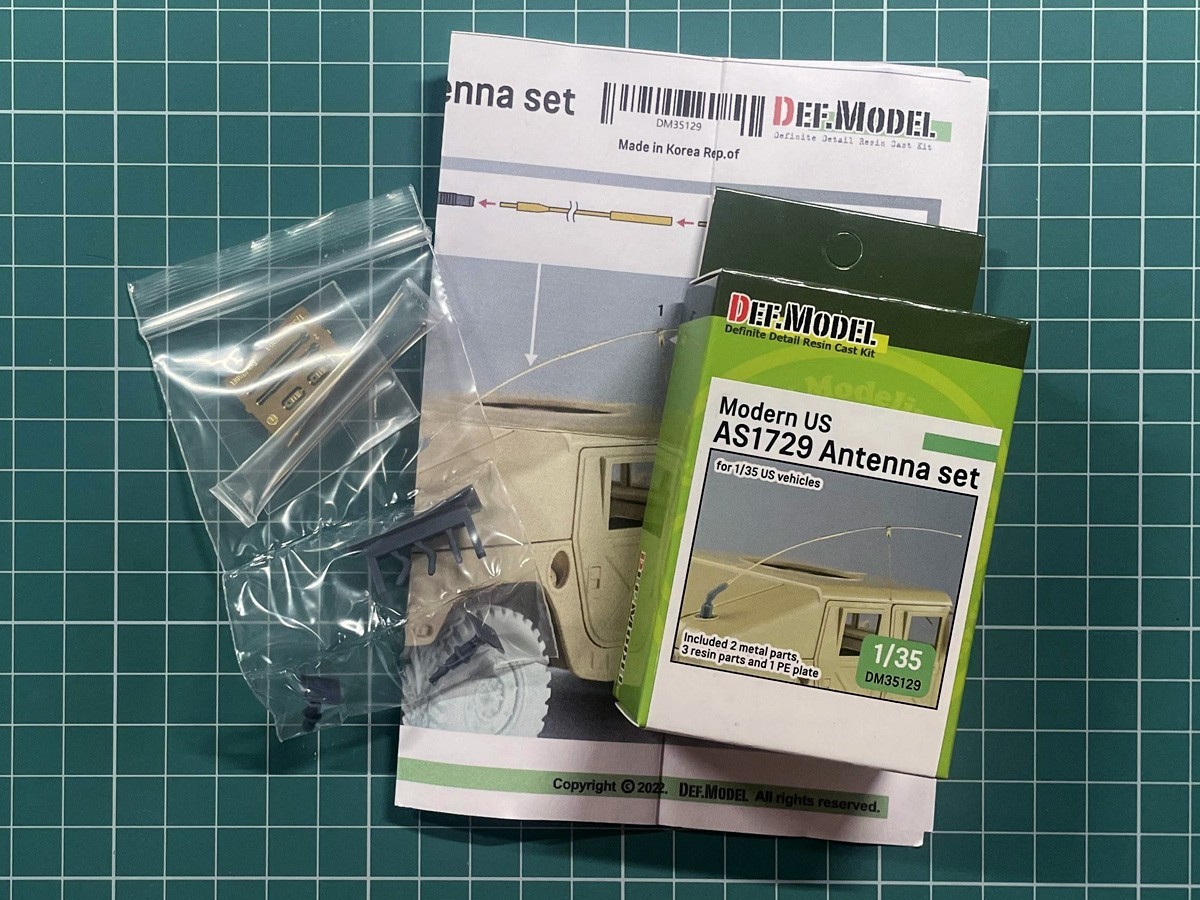
A segmented zip-lock bag safely stores different pieces of the set in their separate compartments.
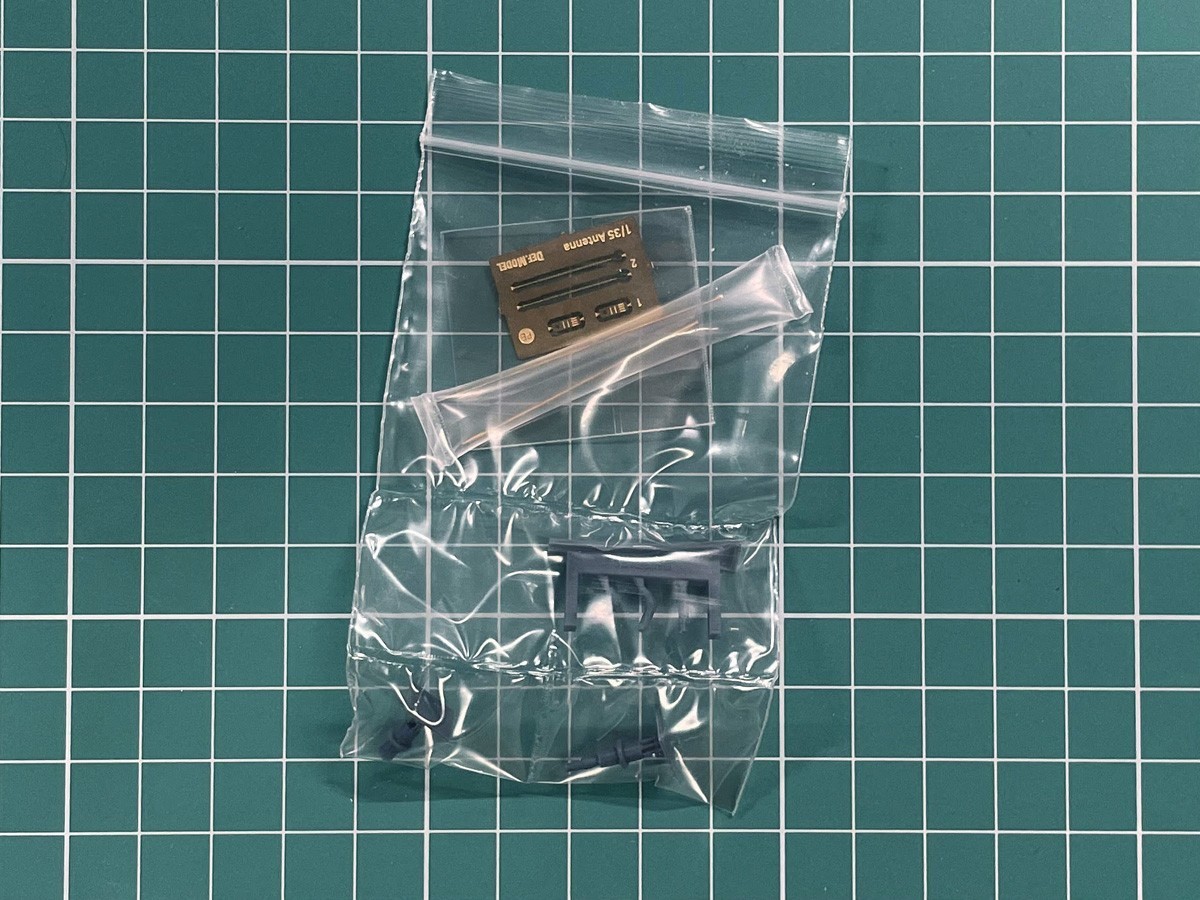
Here's the image of all the set contents and their designation:
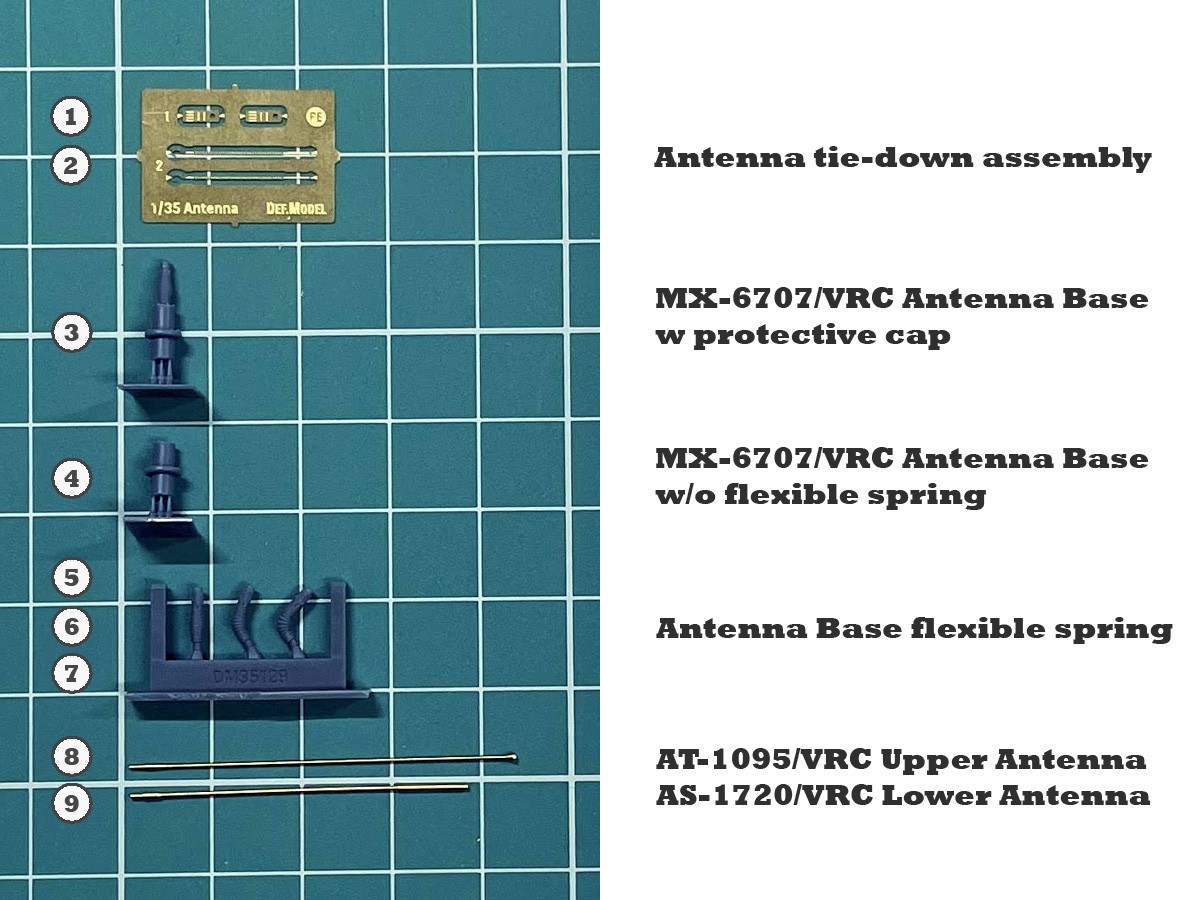
While tie-down assembly is supplied as photo-etched pieces (parts 1-2), the antenna base and springs are delivered as 3D printed pieces (parts 3-7). The antenna is supplied in two sections as metal machined elements (parts 8-9).
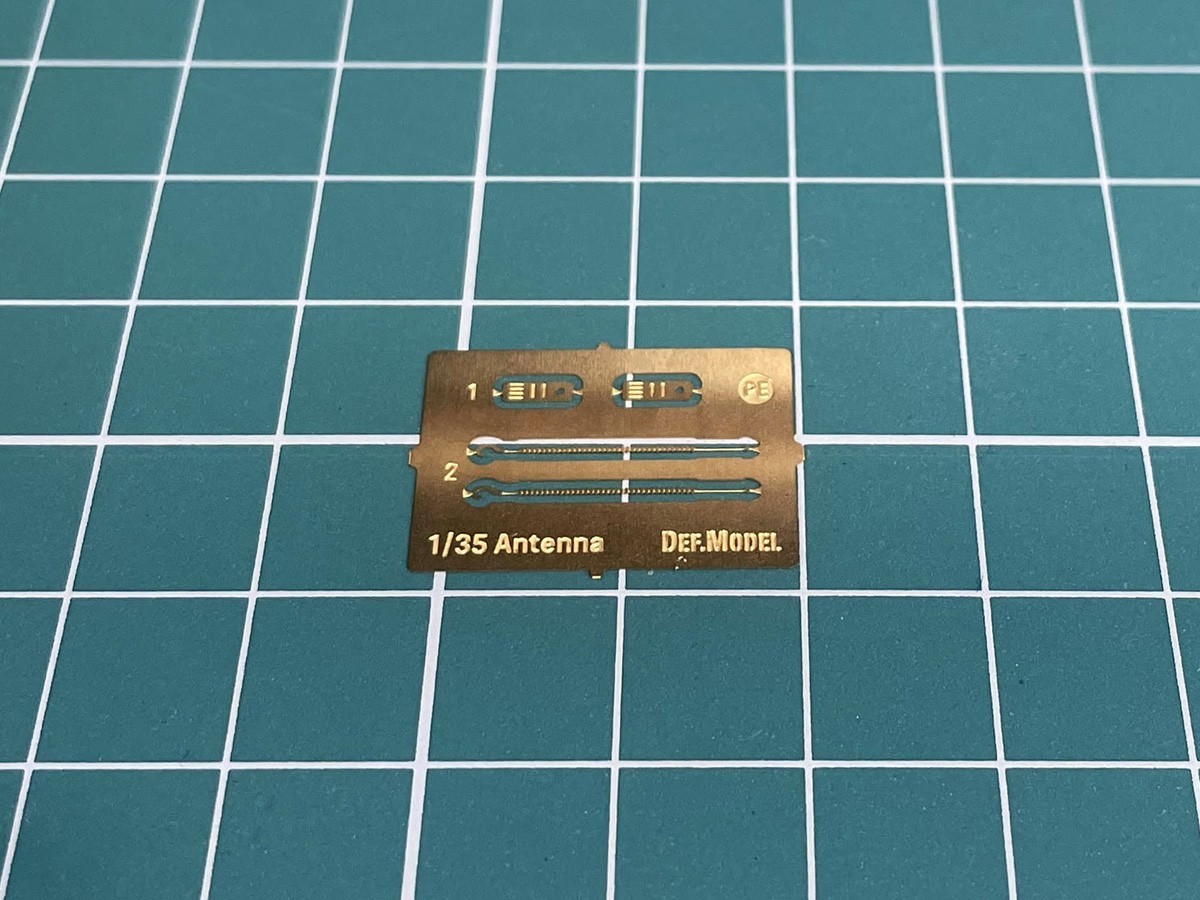
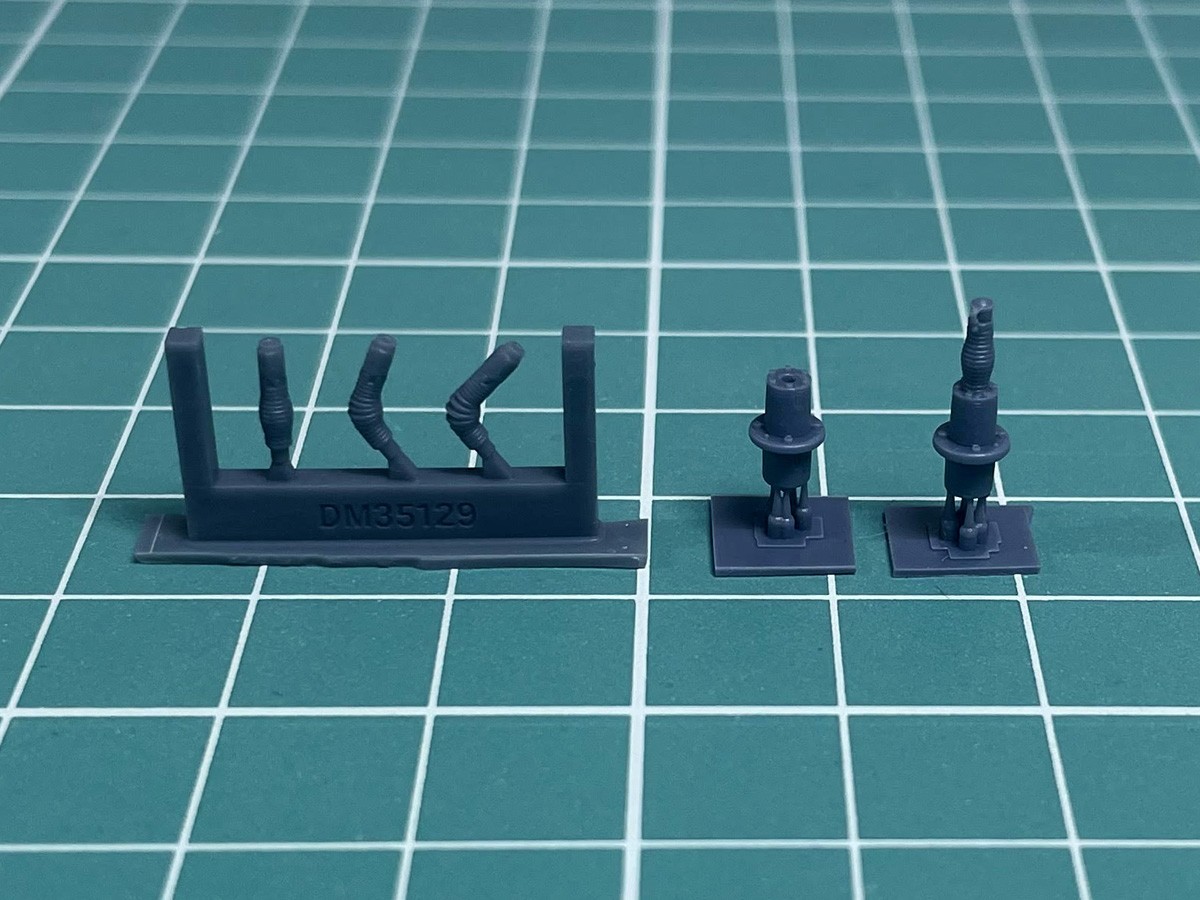
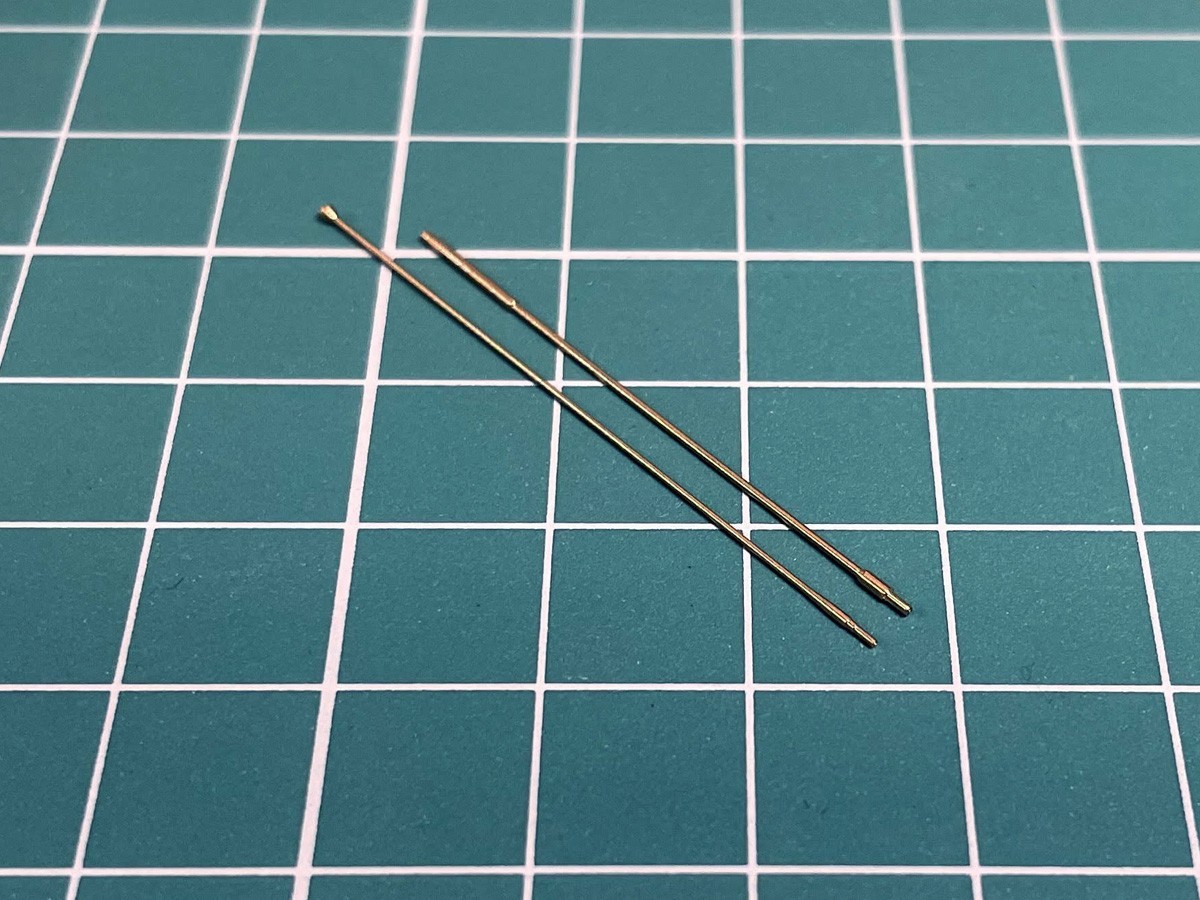
Closer inspection of 3D pieces shows a really smooth surface with no signs of printing imperfections. The details are well-defined and nicely reproduced in scale, with the antenna bases featuring four vehicle mounting bolts on reinforced base cover and six smaller bolts on spring base support. The spring coils look good as well.
The instructions show how to assemble the antennas indifferent configurations.

Part 3 depicts the complete antenna base with the protective cover, used to represent antennas which are not in use.
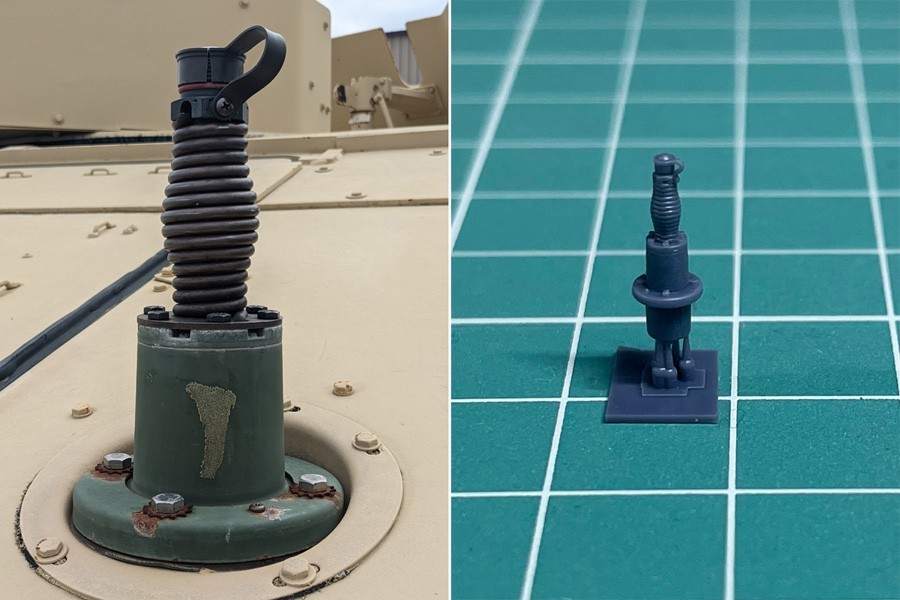
Part 4 depicts a base mount which should be combined with spring coils (parts 5/6/7) to assemble a complete base. Part 5 is used to depict an upright antenna, with the two metal antenna parts joined and inserted into the spring opening. I had to enlarge the opening really carefully to fit the antenna.

Parts 6 and 7 represent bent springs and are therefore used to represent tied down antennas. When using these springs, the metal antenna parts should be joined and slightly bent.
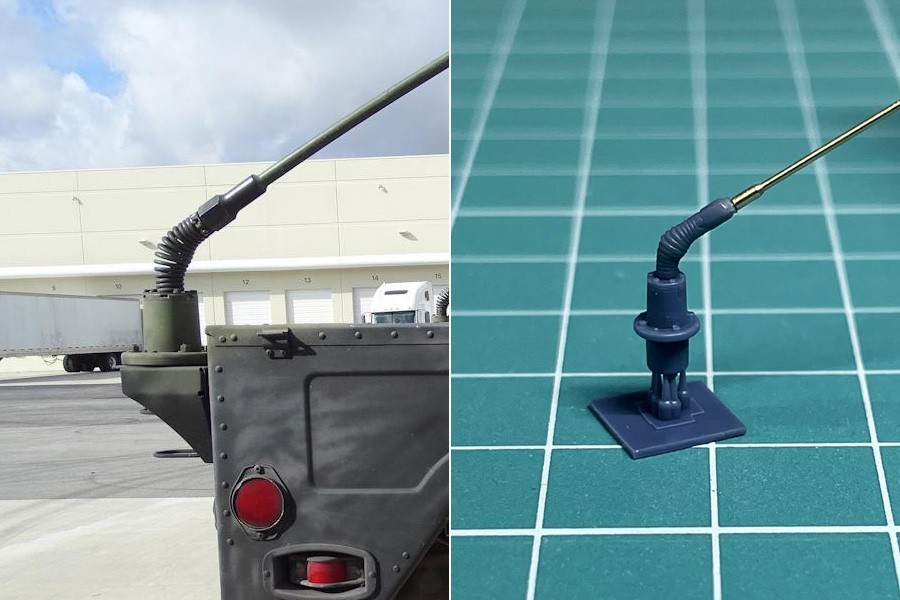
The tie-down assembly is supplied as PE parts. These could prove tricky to assemble realistically so I would be more inclined to use some kind of a thread instead combined with the PE hook.

Assembly instructions and reference images should provide help to make an authentic tie-down, bent antenna.
My gripe with this set are the metal antenna parts. The dimensions of the real antenna elements are 132,1 and 167,6 cm for the lower and upper element, respectively. The 1/35 scale set is sized to 37,85 and 41 mm, which means that the upper element is almost 7 mm shorter. Quite a big difference! Also, the shape of the lower element should be completely straight, while DEF Model version has a thicker portion, probably modeled so the upper antenna element can insert into it.

I guess this could be considered nitpicking, but I have built Adler’s Nest AS-1729 offering and I know the antenna can be machined to perfectly reproduce the real thing… BTW, Adler’s Nest set is now out of production and extremely hard to find.
Conclusion:
Modern US AS1729 Antenna Set (DM35129) from DEF Model delivers a modern-day US/NATO whip antenna in 1/35 scale. While the 3D printed base is superbly delivered and offer different options of mounting the antenna (straight/bent), the metal parts are a bit of a letdown. However, these still provide a far better option than stretched sprue, brass wire or whatever it is modelers tend to use. The inclusion of a tie-down assembly is a plus for this set.
Thank to DEF Model for this review sample.


























